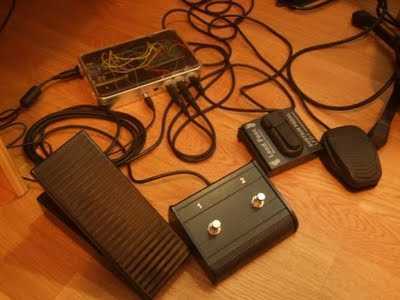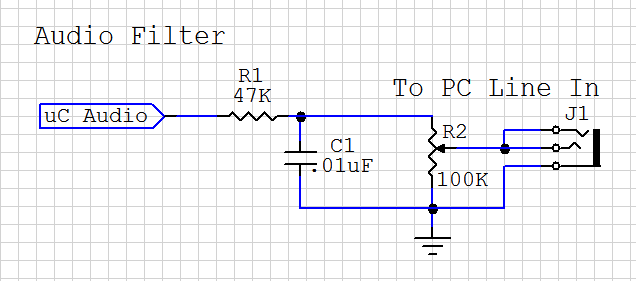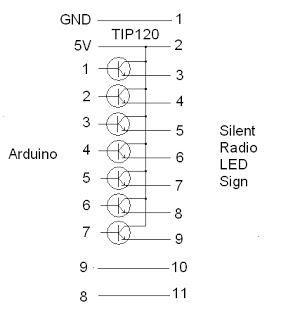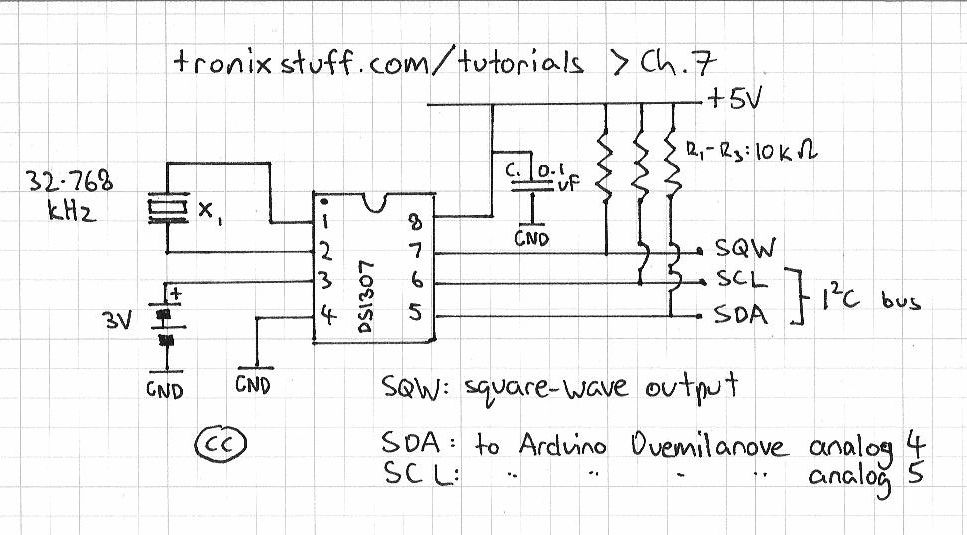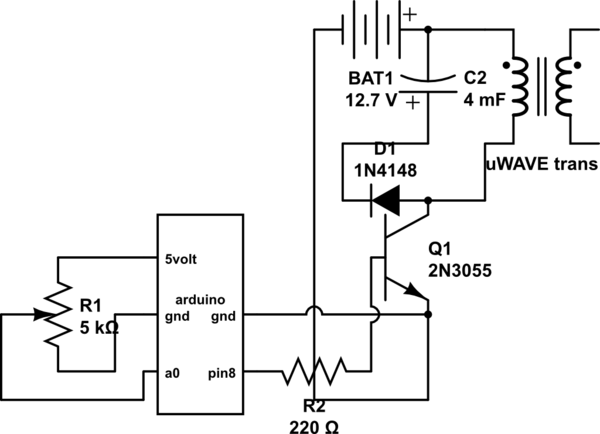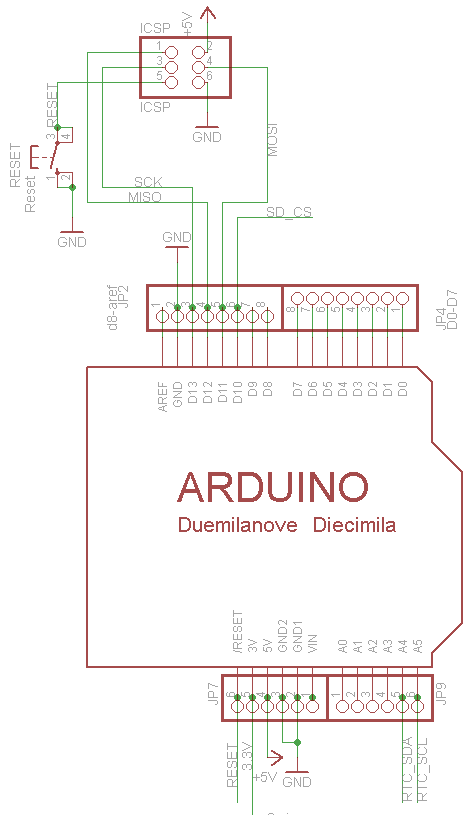
Modify an Arduino for DebugWIRE
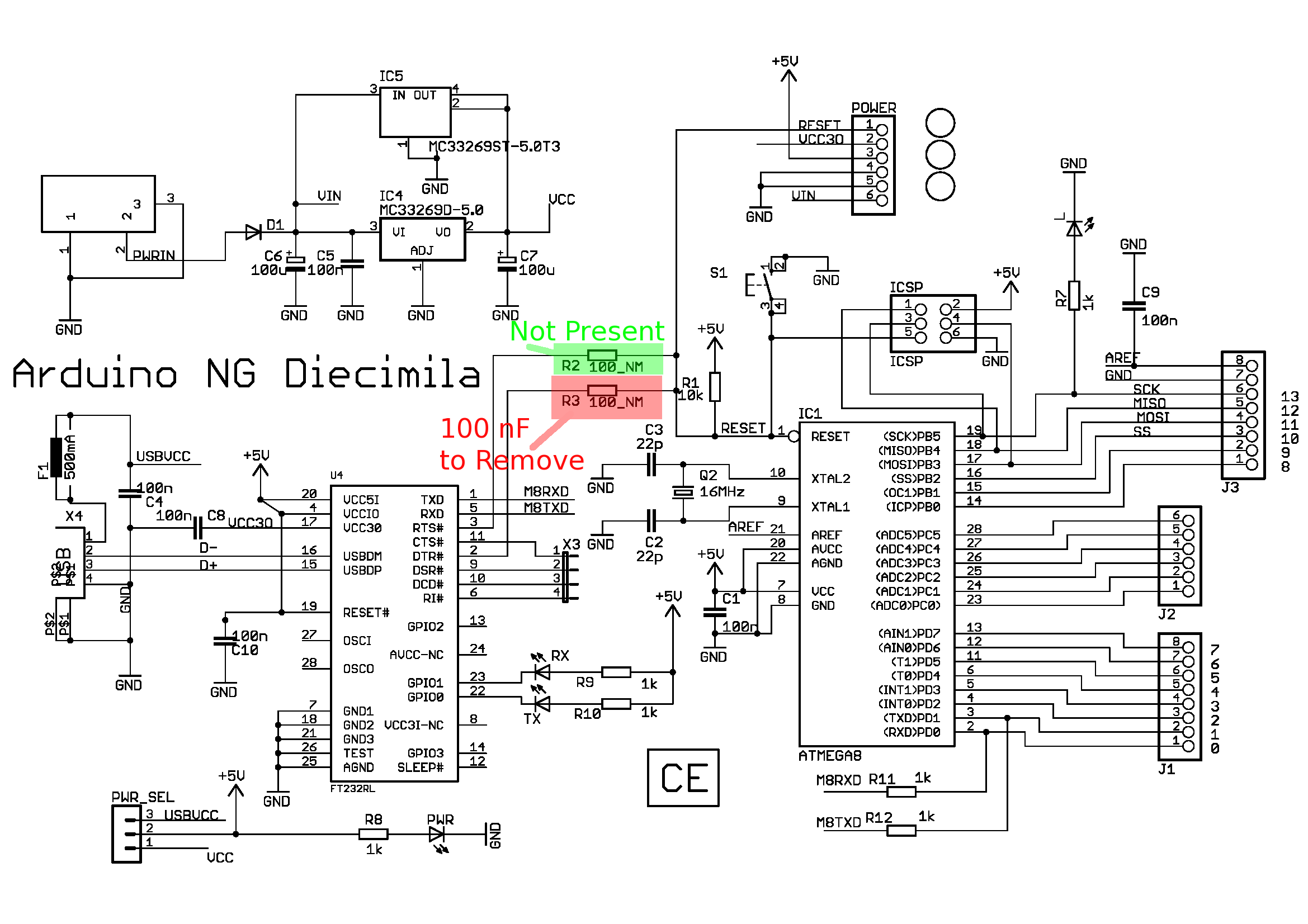
This article discusses the Diecimila; however, there is a newer article that focuses on the Duemilanove. A shift in topic is presented, providing instructions on how to modify an Arduino board to enable useful functions such as debugging.
The Arduino platform has evolved significantly since the introduction of the Diecimila and Duemilanove boards. Modifying an Arduino board can enhance its functionality, particularly for debugging purposes. Debugging is essential for developers to identify and resolve issues in their code or hardware setup efficiently.
To modify an Arduino board for debugging, several steps and components may be involved. One common method is to add a serial debugging interface. This can be achieved by connecting a USB-to-serial converter to the Arduino's TX (transmit) and RX (receive) pins. This setup allows the user to send and receive debug messages from the Arduino to a computer, providing real-time feedback during code execution.
Additionally, incorporating an LED indicator can be beneficial. By connecting an LED to a specific digital pin, the board can visually signal different states or errors during operation. For instance, blinking patterns can indicate successful execution or errors, allowing for easier troubleshooting without needing to connect to a computer.
Another modification may involve adding a reset switch. This switch can help reset the Arduino without needing to unplug and replug the power supply, which can be particularly useful during the debugging process when frequent resets are necessary.
Overall, modifying an Arduino board to facilitate debugging involves careful consideration of additional components and their integration into the existing circuit. By employing these modifications, users can significantly improve their workflow and efficiency in developing and testing Arduino-based projects.This article talks about the Diecimila, but there is a newer article that talks about the Duemilanove Here`s a departure. Today I`m going to give a little instruction in how to modify an Arduino board so you can actually do something useful with it - like debug it.
But first, since my regular reader expects. 🔗 External reference
The Arduino platform has evolved significantly since the introduction of the Diecimila and Duemilanove boards. Modifying an Arduino board can enhance its functionality, particularly for debugging purposes. Debugging is essential for developers to identify and resolve issues in their code or hardware setup efficiently.
To modify an Arduino board for debugging, several steps and components may be involved. One common method is to add a serial debugging interface. This can be achieved by connecting a USB-to-serial converter to the Arduino's TX (transmit) and RX (receive) pins. This setup allows the user to send and receive debug messages from the Arduino to a computer, providing real-time feedback during code execution.
Additionally, incorporating an LED indicator can be beneficial. By connecting an LED to a specific digital pin, the board can visually signal different states or errors during operation. For instance, blinking patterns can indicate successful execution or errors, allowing for easier troubleshooting without needing to connect to a computer.
Another modification may involve adding a reset switch. This switch can help reset the Arduino without needing to unplug and replug the power supply, which can be particularly useful during the debugging process when frequent resets are necessary.
Overall, modifying an Arduino board to facilitate debugging involves careful consideration of additional components and their integration into the existing circuit. By employing these modifications, users can significantly improve their workflow and efficiency in developing and testing Arduino-based projects.This article talks about the Diecimila, but there is a newer article that talks about the Duemilanove Here`s a departure. Today I`m going to give a little instruction in how to modify an Arduino board so you can actually do something useful with it - like debug it.
But first, since my regular reader expects. 🔗 External reference
Warning: include(partials/cookie-banner.php): Failed to open stream: Permission denied in /var/www/html/nextgr/view-circuit.php on line 713
Warning: include(): Failed opening 'partials/cookie-banner.php' for inclusion (include_path='.:/usr/share/php') in /var/www/html/nextgr/view-circuit.php on line 713
